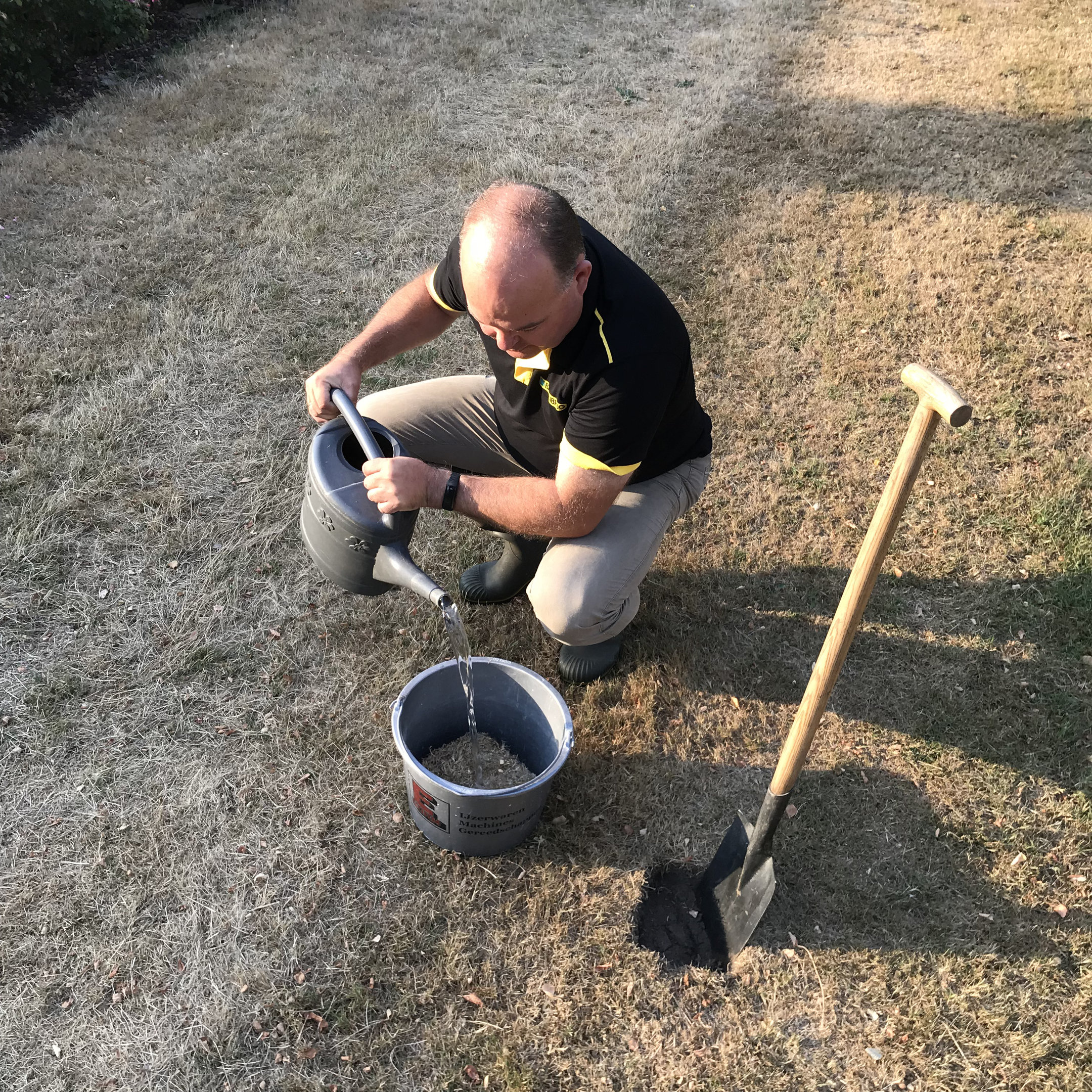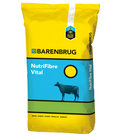If you can no longer save your pasture, then reseeding with new grass is the only resort. For the best results, it is vital to eliminate all couch grasses and weeds first. After ten days, you can till the soil and reseed the field.
Read more about managing your (new) grassland
Drought resistant
During periods of drought there are visible differences between the various species of grass. Poor grasses, such as roughstalk bluegrass, are the first to suffer. Perennial ryegrass has longer roots, but we are noticing that this grass species is also having a hard time at many places in Europe. Of all the grasses, soft-leaf tall fescue (NutriFibre) offers the best resistance to drought. It has roots that penetrate the soil up to a depth of one metre and produces good quality forage despite the dry weather.
Read more about soft-leaf tall fescue (NutriFibre)
Watch out for nitrate poisoning
Mineralisation and unused fertilisers lead to high nitrogen levels in the soil during summer months. This can result in grass with a (too) high protein content or too much nitrate. Do not feed your cattle too much of this grass. Supplementing their ration with fodder maize or other feed is the best option. In the extremely dry summer of 1976, nitrate poisoning caused a high death rate among cattle. One of the symptoms of nitrate poisoning is a brown vulva (just below the tail).






